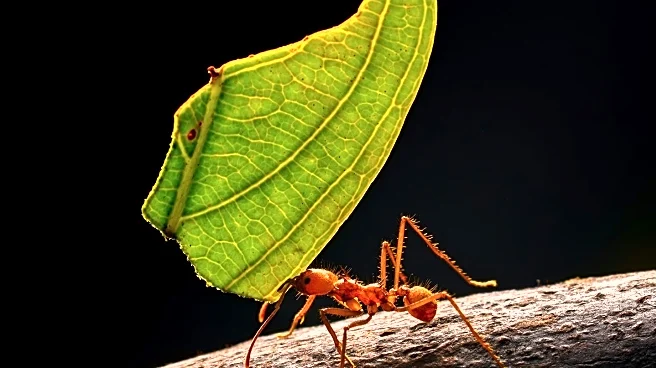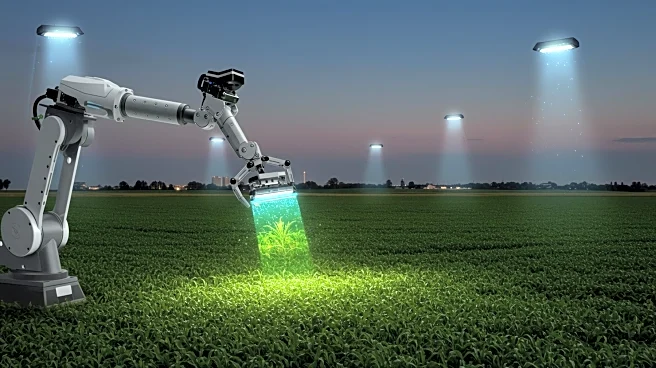Rapid Read • 7 min read
A recent study has demonstrated the effectiveness of using deep learning to automate the classification of bone fragments from Barn Owl pellets. The research utilized the YOLOv12 object detection framework, marking the first application of such technology for ecological monitoring. This model offers rapid and scalable detection of rodent skeletal components, supporting conservation and pest management efforts. The model achieved high performance metrics, including a mean Average Precision of 0.984, precision of 0.90, and F1-score of 0.97. The study highlights the model's ability to analyze hundreds of fragments within seconds, outperforming manual methods in throughput and consistency.
AD
The automation of bone fragment classification in owl pellets holds significant ecological and applied value. Rodents are major agricultural pests, causing substantial yield losses globally. Accurate rodent population estimates are crucial for effective pest management interventions. Conventional methods are costly and time-consuming, whereas pellet-based monitoring offers a cost-effective, passive alternative. The AI-driven approach enhances scalability and responsiveness, enabling continuous surveillance and integration into pest management frameworks. This method also supports ecological studies by providing detailed data on small mammal community composition and predator-prey dynamics.
Future research should focus on expanding anatomical class diversity and improving sensitivity for smaller bone fragments. Incorporating segmentation models could address challenges with overlapping objects. Broader testing across different owl populations and prey assemblages is necessary to validate the model's robustness under diverse conditions. Enhancements such as domain adaptation and synthetic data augmentation may improve cross-habitat applicability. The study encourages the adoption of AI in conservation biology, with potential extensions to other ecological applications involving fragmented biological material.
AD
More Stories You Might Enjoy










